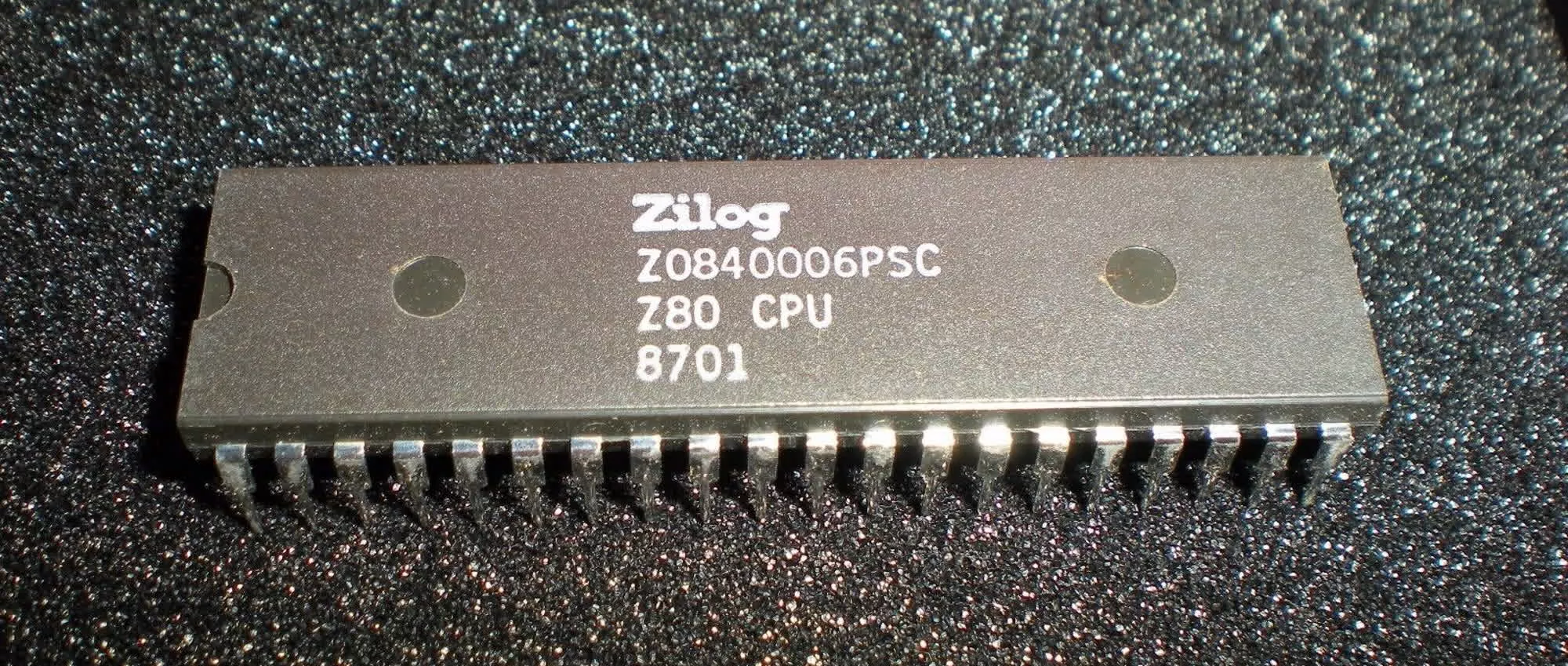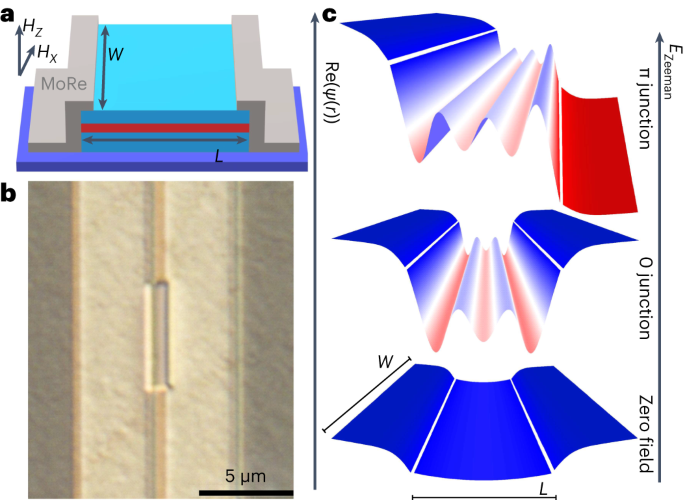In the Area | by Brian Koberlein
On its own, a black hole is remarkably easy to describe. The only observable properties a black hole has are its mass, its electric charge (usually zero), and its rotation, or spin. It doesn’t matter how a black hole forms. In the end, all black holes have the same general structure. Which is odd when you think about it. Throw enough iron and rock together and you get a planet. Throw together hydrogen and helium, and you can make a star. But you could throw together grass cuttings, bubble gum, and old Harry Potter books, and you would get the same kind of black hole that you’d get if you just used pure hydrogen.
This strange behavior of black holes is known as the no hair theorem, and it relates to what’s known as the information paradox. In short, since everything in the universe can be described by a certain amount of information, and objects can’t just disappear, the total amount of information in the universe should be constant. But if you toss a chair into a black hole, it just adds to the black hole’s mass and spin. All the information about the color of the chair, whether it’s made of wood or steel, and whether it’s tall or short is lost. So where did that information go?
One solution to this information paradox could be possible thanks to Stephen Hawking. Back in 1974, he demonstrated that the event horizon of a black hole might not be absolute. Because of quantum indeterminacy, black holes should emit a tiny amount of light now known as Hawking radiation. Hawking radiation has never been observed, but if it exists the information lost when objects enter a black hole might be carried out of the black hole via this light. Thus the information isn’t truly lost.























